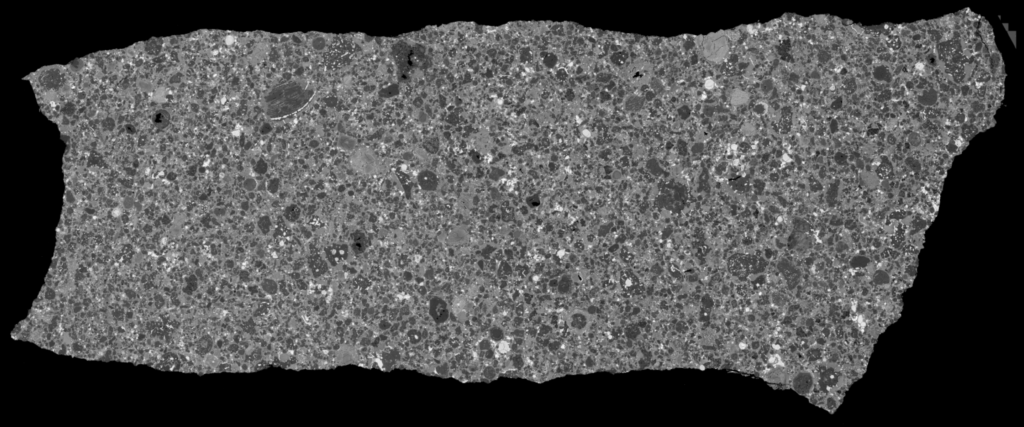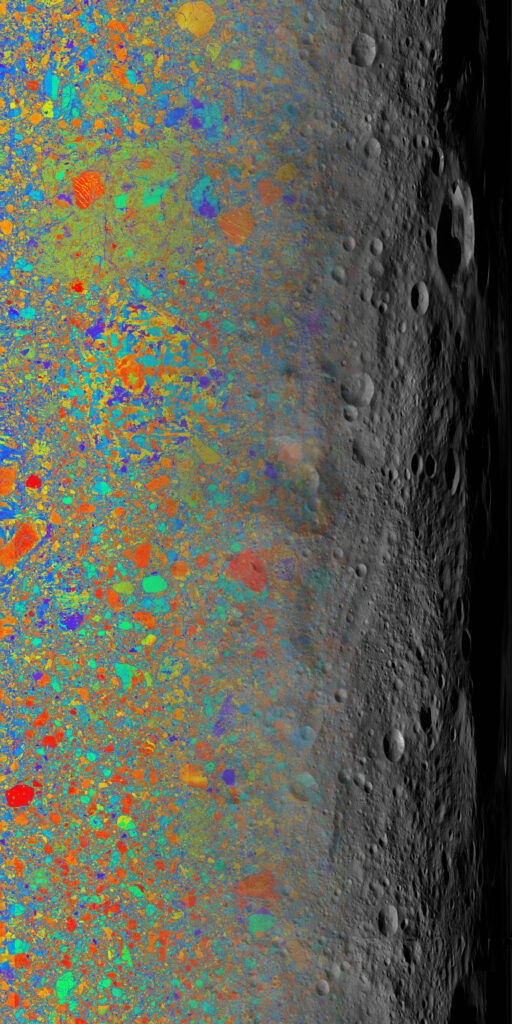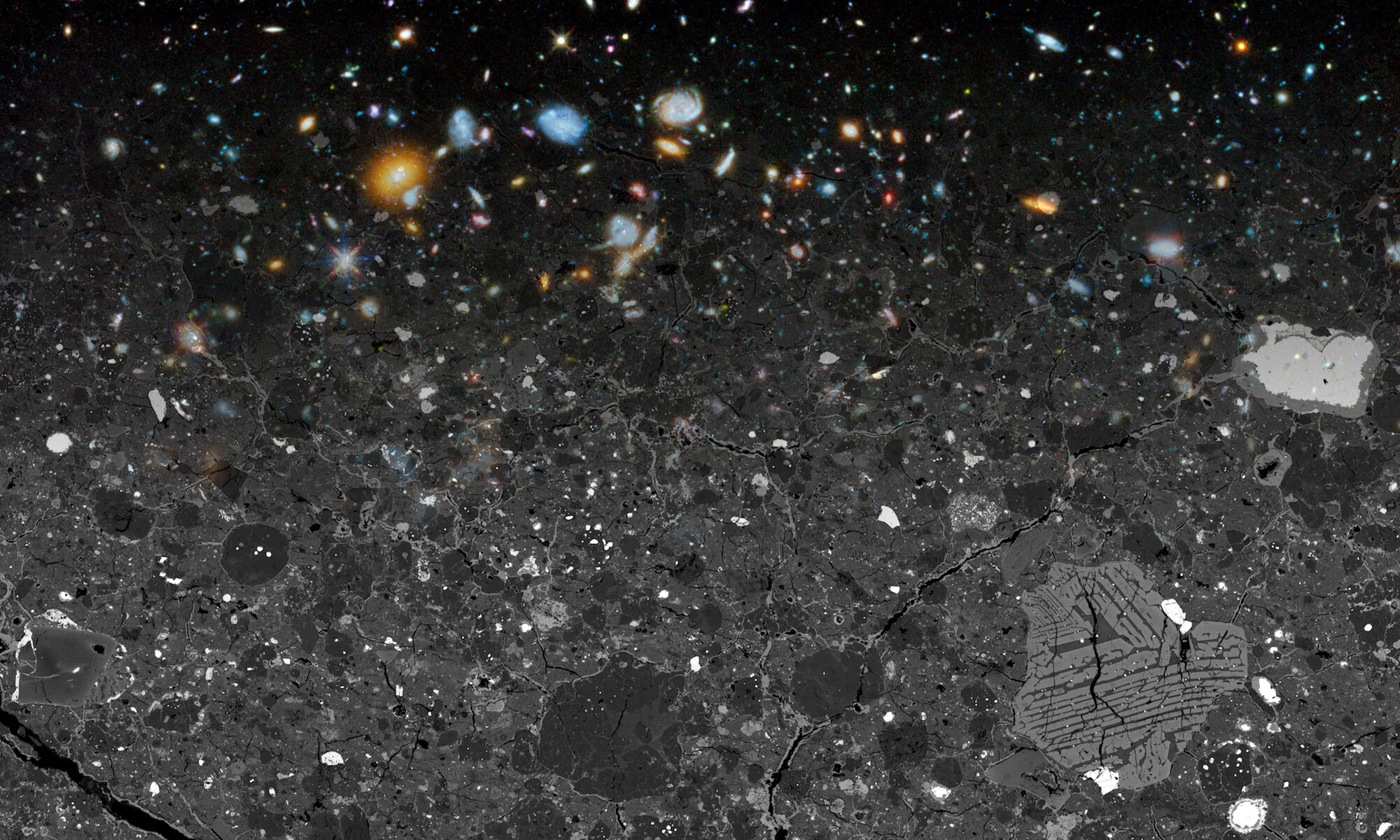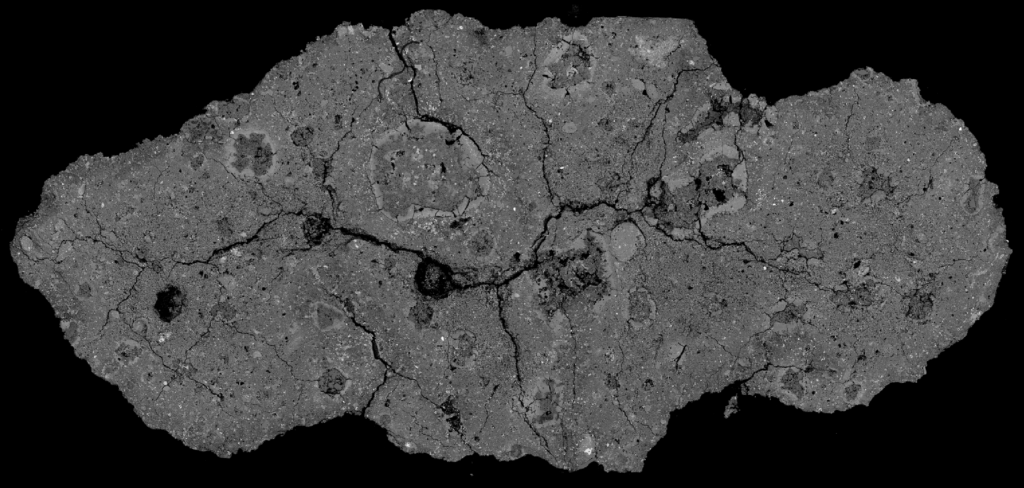Lionel is a co-author on this interesting new paper in Science on the origin of Earth’s water. Enstatite chondrites were previously thought to be a building block of Earth because they match in various isotopes systems, most importantly oxygen. This work shows that the ECs can also bring plenty of water to Earth, and EC water has a deuterium abundance that matches Earth’s primordial water composition. Fascinating work that leads to lots more questions!
Katharina wins the 2021 Leonard Medal
The Leonard Medal from the Meteoritical Society, the top prize in our field for contributions to meteoritics, was awarded to Wash U’s Katharina Lodders for 2021. It’s hard to overstate Katharina’s contributions to cosmochemistry. Her papers on the Solar System abundances are the most cited works in our field. Though her official affiliation is with Earth & Planetary Science, I consider her a part of our department too as she’s been a long-time collaborator with us and other research groups in physics. I’ve benefited personally from Katharina’s enormous expertise across planetary science and astrophysics — she is always willing to talk and guide me in the right direction on a new research question.
With both the Leonard Medal and Nier Prize for 2021, by Katharina and Nan, Wash U is clearly a world-leading institution in meteoritics and cosmochemistry.
Straight Outta Antarctica
This is a backscattered electron image mosaic of Dominion Range 14359, collected by the ANSMET crew in Antarctica in 2014.

Tagish Lake
We’ve added a zoomable backscattered electron mosaic of Tagish Lake (unstitched, I’ll do that later). It is interesting to compare Tagish Lake to say, Murchison. TL is very fine-grained. Or maybe less compacted is a better way to describe it (thanks Lionel!).
Presolar grains, Kapoeta, and Vesta
Kapoeta/Vesta

Asteroid 4 Vesta (right) and a colorized backscattered electron image of the Kapoeta meteorite (left), a howardite thought to originate from Vesta’s surface. The difference in scale between these two images is 100 million.
Schultz & Franke Noble Gas Database
We’ve added a computer-readable version of the (extremely valuable!) Shultz & Franke (2004) noble gas database for meteorites to the Resources page. There are three separate Excel files for stony, iron, and stony-iron meteorites. Thanks to Lionel for his work on this!
CO Ice in Interstellar Comet 2I/Borisov
This interstellar visitor appears to be enriched in super-volatile CO ice, published in Nature Astronomy. It is completely astonishing that this measurement has been made on an object from another planetary system! I love it, this is a great time to be a cosmochemist.
It makes sense to me that this comet may have sampled the very cold, outer regions of its own system, where it was also more vulnerable to ejection by a passing nearby star.
My dream is to identify one of these interstellar comets producing a lot of dust that intersects with Earth’s orbit, then do a targeted IDP dust collection with high-altitude aircraft, where IDP stands for interstellar dust particle, instead of interplanetary dust particle.
Sketch first, science later
Kevin McKeegan talk at Wash U
Professor McKeegan of UCLA, a graduate of the physics department and the Laboratory for Space Sciences, will be giving the McDonnell Distinguished Lecture next month at Wash U. McKeegan and his research group have done a lot of really fantastic work. In my opinion, McKeegan and team’s measurement of the oxygen isotopic composition of the Sun was the single most important measured ever made in cosmochemistry, and indeed one of the key findings in all of planetary science. This measurement has motivated a lot of the work our group is doing right now. We’re very excited to have him back in St. Louis!

